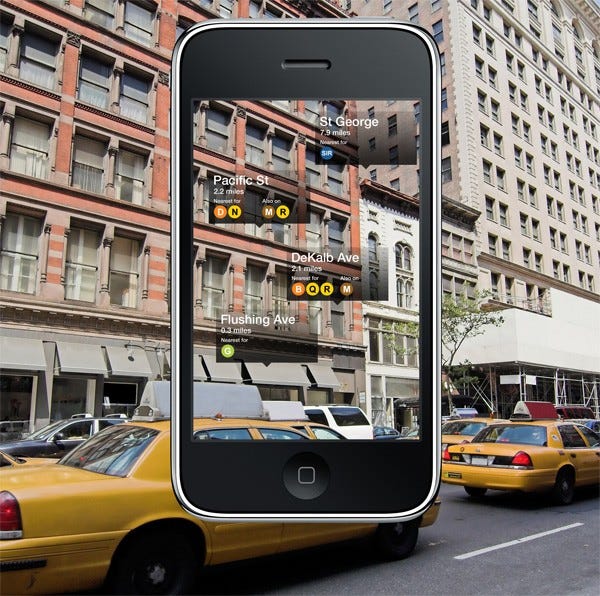What is a Mobile Persona?
Before you can create a mobile user experience that users will love, you first need to know more about your users. Mobile personas are vivid, character portraits of fictional persons representing user segments of your mobile app and often represent some of the most challenging types of users. If you can successfully design for these users you will develop a highly desirable and universal user experience. What makes mobile personas so powerful is the ability to reliably predict the behavior of others. When personas are realistic and relevant to give the most insight into users’ goals, attitudes, and behaviors, you can make inferences about how they will react to the mobile design choices you make.
Figure 1 Benefits of Mobile Personas
Framework for Creating Mobile Personas
Figure 2 Methodology for Creating Mobile Personas
First narrow the scope of your user population. Segment your potential users across dimensions like demographics, needs, usage patterns, attitudes, values and mobile context to filter down to several target segments that are most valuable and perhaps most challenging. After segmentation, dive deeper into each segment to develop highly refined mobile personas.
As a rule of thumb, three to four mobile personas are ideals to avoid juggling too many personas. To help rank the personas of importance, have your stakeholders prioritize the personas, designating one mobile persona as the primary and the others as secondary. Design decisions should be made on the primary persona and then tested against the secondary personas. If you are unable to reconcile the primary and secondary personas, it might suggest that you need to consider distinct UIs and workflows.
Figure 3 User Segmentation to Build Mobile Personas
2. Conduct User Research
Mobile personas draw on user research and insight about your target segment, some of which will be derived from interviews, surveys, workshops, observations, and ethnographic research and analysis, and then the data collected is used to validate and refine the mobile personas.
Figure 4 User Research to Construct Mobile Personas

In terms of research best practices, you can’t simply rely on what users say in interview formats; you have to observe real users interacting with mobile apps in the real world. Some of the most successful apps filled a need users could not articulate in interviews but that a mobile app designer was able to discover through direct observation.
Figure 5 Observe Users in Real-Life Mobile Situations
3. Understand Mobile Context
Just because you have experience creating personas for web-based applications does not necessarily mean that you understand personas in the mobile context. Mobility brings a host of new dimensions that needs to be carefully thought through to get the user experience right. Factors such as the user’s location at any given moment, interaction with the app while in motion, point-in-time trigger events for immediate app engagement, and tablet and smartphone device context across different mobile OS platforms all attribute to defining and understanding your mobile personas.
Figure 6 Develop Personas with Mobile Context

4. Write Descriptive Mobile Personas
As a persona begins to take shape, you should be able to call out demographics, user characteristics, behaviors, attitudes, user scenarios, and trigger events that articulate the mobile persona’s most relevant needs and goals.
Figure 7 Sample Mobile Persona
To help bring the mobile persona to life, write a narrative, a day-in-the-life story that encapsulates the key behaviors, calling out critical trigger moments when the user’s urgency to interact with the mobile app is the greatest.
5. Support Design Decisions
Every mobile app interaction begins with a user goal in mind. The UX design should, in the most intuitive fashion, convey what actions are possible and enable the user to get closer to the desired end goal with each action. Mobile personas help connect a user to the design model, which consists of the UI navigation, interaction design, and information architecture as well as to help you understand the user’s mental model, the user’s knowledge of the mobile app and of the general subject addressed by the app, to guide your design decisions. The app development team, using mobile personas, can clarify the goals that the user has when navigating to a given screen and assess whether the design contains the right information and layout for the user to efficiently and with ease select the desired action. Mobile personas support the overall integrity of the user experience by providing deeper insights into the goal that the user wishes to accomplish, building with usability in mind, and designing the app experience to evoke positive emotions, all within the mobile context.
And without saying, whenever possible, you should verify the design decisions you make through usability testing or direct observation with the target user segment.
6. Iterate and Refine Mobile Personas
Like most design best practices, mobile personas evolve through iteration in collaboration with others. Involving the stakeholders and other team members increase the accuracy of the persona and create a level of awareness about the users that help the team align around them. As people become familiar with the mobile personas, they start talking about them as if they were real people. Perhaps visual aids of personas are placed strategically throughout your organization to reinforce the target users that you are serving. When that happens, you have achieved a valuable focus.
7. Create Persona-Based Scenarios
Mobile personas are most effective when complemented with user scenarios. These are storyboards of customer journeys, goals and interactions, which a proposed mobile design can be checked against to ensure that the user goals are being met optimally. In another article, I will cover storyboarding customer journeys.
In conclusion, mobile personas help you to get a deeper understanding of whom the mobile solution is being developed for so that you increase the probability that your app will be loved.
Originally published on www.amyxinternetofthings.com on March 26, 2013. Author Scott Amyx.























